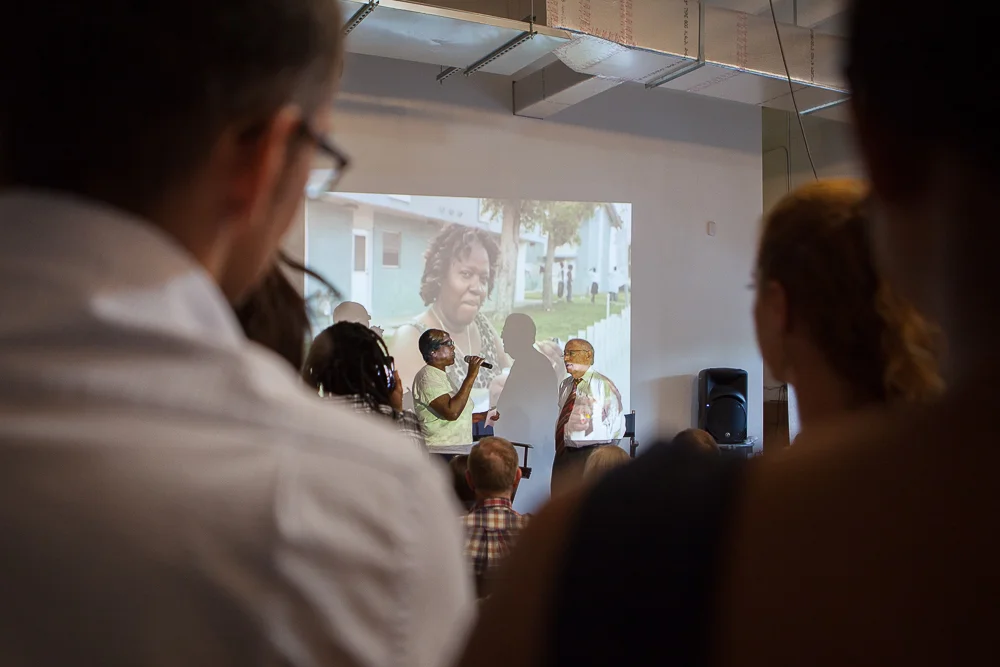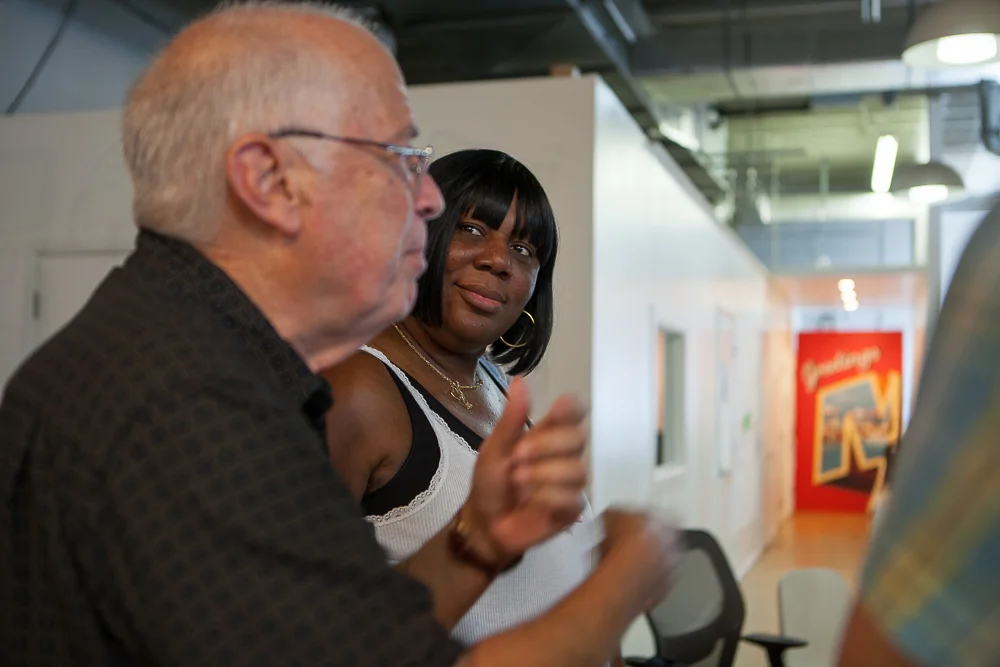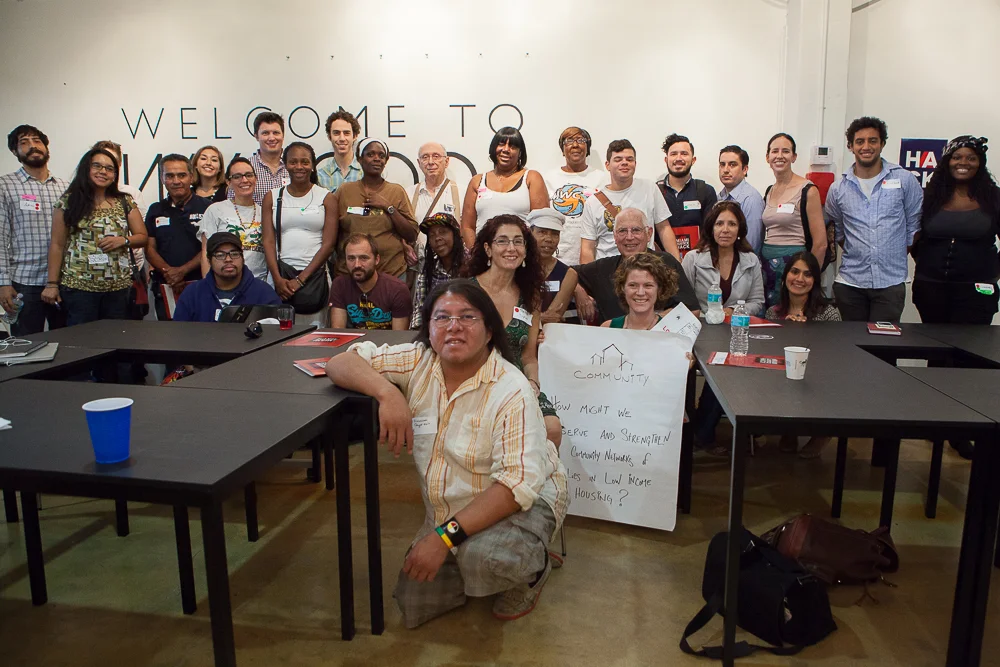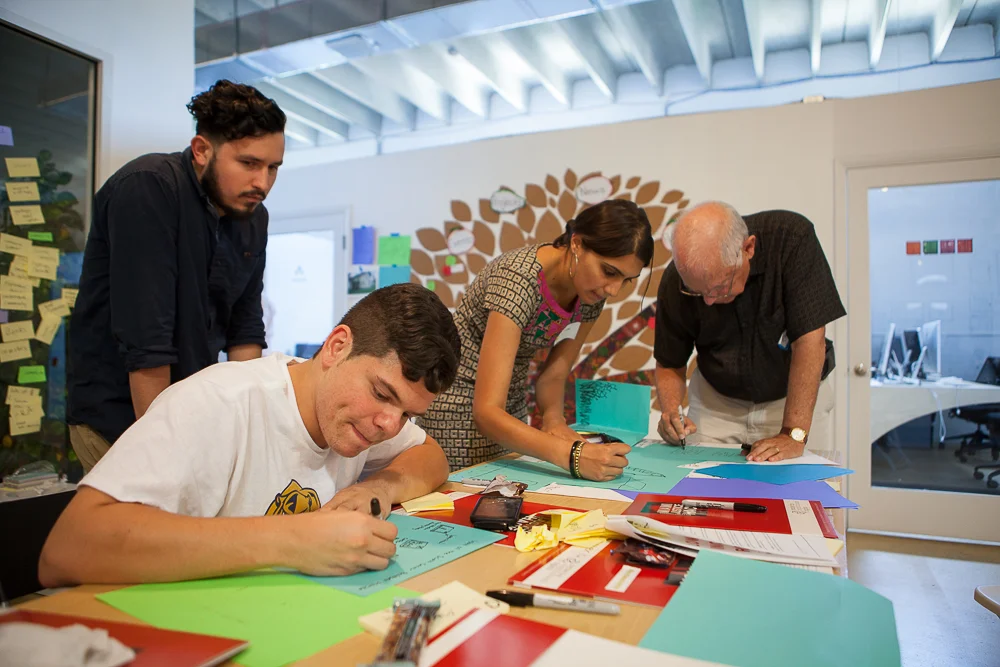Low-Income Renters
THE DESIGN CHALLENGE
“How might we preserve and strengthen the community networks of families in low-income housing?”
THE INGREDIENTS
6 teams
Partner Organization:
BACKGROUND
One of the most enduring challenges for securing resources for affordable housing in Miami is a negative public perception of the people living in low-income housing. The media and government officials portray low-income housing as dangerous, decaying and dilapidated. As a result, the families living in that housing are often viewed as violent, broken, and not worth investing in. The untold story, however, is that within public housing are vibrant, tight-knit communities that make up the backbone of our city. Hidden within these communities are countless positive stories of people helping each other, people pooling resources and people working to improve their lives and communities.
Unfortunately, these communities are being torn apart as the crush of development pushes out long time residents of low-income housing, unwelcome in the “new Miami.” The important contributions these residents have made to Miami are ignored or forgotten. During the JusticeHack you will learn about public housing residents’ fight to keep their community together in Liberty City’s Scott-Carver Homes and how the Last Building Standing of those projects was saved from demolition through the tireless efforts of those residents. As we strive to build a Miami where all renters have safe, decent housing, we must preserve and strengthen the community networks fostered over the years by low-income renters.
Know Your Rights, Show Your Rights
A community and capacity building program to lay the groundwork for community members to proactively and preemptively address personal and communal challenges. This program trains residents about how to interface with relevant stakeholders and provides support services to them to fill the gaps that outside institutions cannot address. Asset-based development by the people that also builds connection between residents. This concept is not just a list of resources, but may include coaching and context specific knowledge for residents to access so they can address real risks before they become emergencies. Possible connection to 305 Cares!
Miami-Dade County Co-Op Care: "305 Cares"
App to coordinate exchange economy for childcare so that community has affordable access to quality care services. App would be a map of Miami that indicates how many houses are accepting children and the number of available spots.
Resident Planned Community History Center
Conversion of Last Building Standing from the Scott-Carver public housing project in Liberty City into a Community History Center that remembers the history of that campaign, presents lessons learned from that struggle to keep it from happening again in the future, tell the stories of people, create a space where people can keep in touch with one another, and build the capacity of residents in planning their own communities.
Liberty City Community Land Trust
Convert plot of land @13th Ave and 61st St or 1231 NW 61st street into a Community Land Trust. Marshal existing resources, knowledge and community networks to create a parcel of land that includes housing, a computer lab, meeting space, a recreation center, community garden and park. Gives community control of land and housing choices. This concept would set a precedent in the State of Florida.
Power
Create a story sharing network that would allow for different ways of distributing the stories within the communities and outside of communities (radio, TV, internet, print). Purpose is to share stories of power and success in order to strengthen networks within and among low income housing communities as well as foster greater connection to the greater Miami population to increase concern and awareness about affordable housing.
Cooperative Empowerment
Community Land Trust + skills sharing and childcare element. Residents would share duties of maintenance and share other services to be able to stay in CLT (cooperative style). Building would have solar panels and a community garden to give residents access to resources and economic opportunities.











